Introduction
Keeping your baby’s toys clean is essential, especially the ones that go into their mouth. Babies love to explore the world through touch, taste, and chewing, which means their toys can quickly become a breeding ground for germs and bacteria. While it’s normal for babies to put toys in their mouths, it’s important to regularly disinfect them to keep your little one safe from illness.
In this blog, we will explain how to disinfect baby toys that go in the mouth with simple, safe, and effective methods. You’ll learn about safe cleaning practices and tips on maintaining cleanliness for your baby’s health. Let’s get started!
Why is it important to clean baby toys?
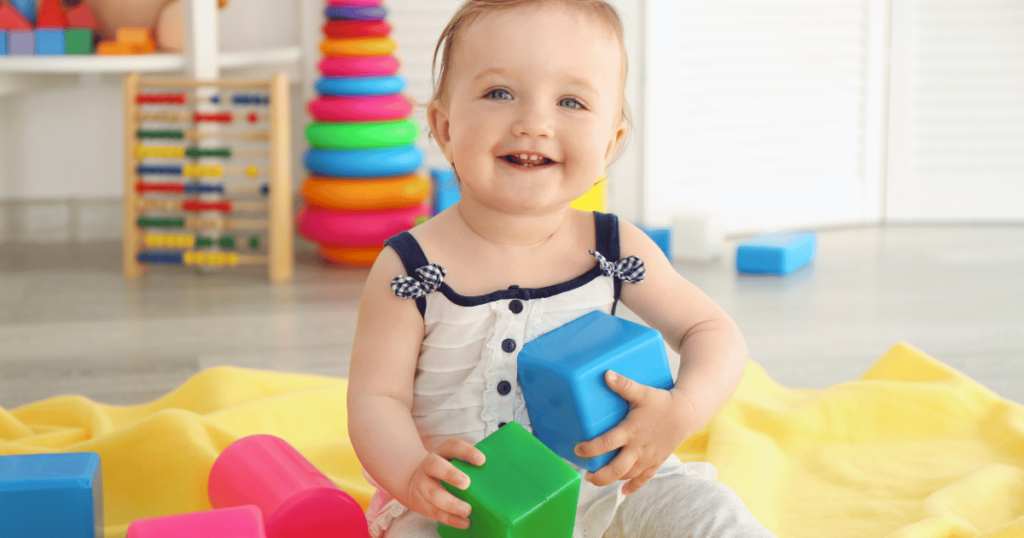
Babies are curious by nature. They explore everything, including toys, by putting them in their mouths. Over time, these toys can collect germs, bacteria, and even mold if not cleaned properly. While some exposure to germs is normal and helps build a baby’s immune system, it’s still important to disinfect toys regularly, especially those that frequently go in their mouth.
Clean toys help reduce the risk of:
- Gastrointestinal infections from harmful bacteria.
- Respiratory infections caused by germs lingering on toys.
- Allergic reactions from mold or dust buildup.
Safe Cleaning Methods for Baby Toys
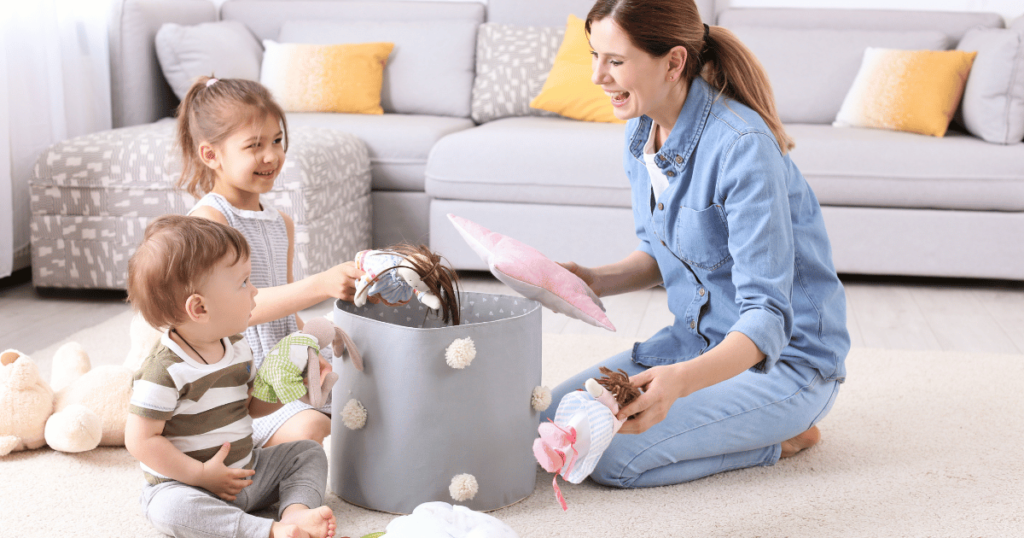
#1 Soap and Warm Water
The easiest and most effective way to clean baby toys is by using simple soap and warm water. This method works well for plastic, rubber, and silicone toys. Follow these steps:
- Fill a basin or sink with warm water.
- Add a mild, baby-friendly soap.
- Submerge the toys and scrub them gently using a sponge or soft brush.
- Rinse thoroughly with clean water.
- Ensure the toys are completely air-dried before returning them to your baby.
Tip: Look for a soap that is free of harsh chemicals, fragrances, and dyes. Natural or organic baby soap is a good choice.
#2 Using a Dishwasher
Many plastic and silicone toys can be safely cleaned in the dishwasher. Always check the manufacturer’s instructions to ensure the toy is dishwasher-safe. Here’s how:
- Position the toys on the top rack of the dishwasher.
- Use a mild detergent that is safe for babies.
- Set the dishwasher to a gentle cycle with a low temperature to avoid damaging the toys.
- Let the toys air dry or wipe them down with a clean towel.
This method is great for busy parents because it’s quick and requires minimal effort. It’s especially effective for teething toys and bath toys.
#3 Vinegar Solution
For a natural, non-toxic disinfectant, vinegar is a great option. It’s effective at killing germs and bacteria without using harsh chemicals. Here’s how to use a vinegar solution:
- Combine equal parts white vinegar and water in a spray bottle.
- Spray the toys thoroughly and let them sit for about 15 minutes.
- Wipe the toys with a clean cloth or rinse them under warm water.
- Let the toys air dry thoroughly.
Vinegar is safe for most types of toys, but avoid using it on plush or fabric toys, as the smell can linger.
#4 Boiling Water
For extra reassurance, boiling water is one of the best methods to disinfect toys. This is especially useful for teething rings and rubber toys. Here’s what to do:
- Bring a pot of water to a boil.
- Submerge the toys in the boiling water for 5 minutes.
- Use tongs to remove the toys carefully and let them air dry on a clean towel.
Boiling is a quick way to kill bacteria and viruses, but it’s important to ensure that the toy material can handle high heat without melting or warping.
How Often Should You Clean Baby Toys?
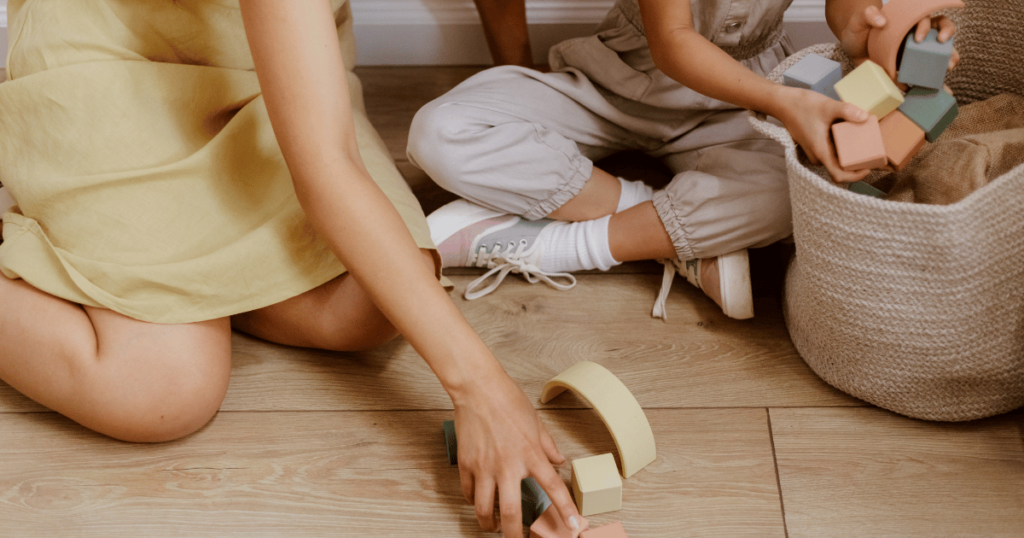
Toys that go into your baby’s mouth should be cleaned frequently to prevent the buildup of germs. As a general rule, disinfect these toys at least once a week or sooner if they fall on the floor or get visibly dirty. Teething toys, in particular, should be cleaned daily, especially during teething phases when babies chew on them constantly.
Safe Cleaning Tips for Different Types of Baby Toys
#1 Plastic Toys
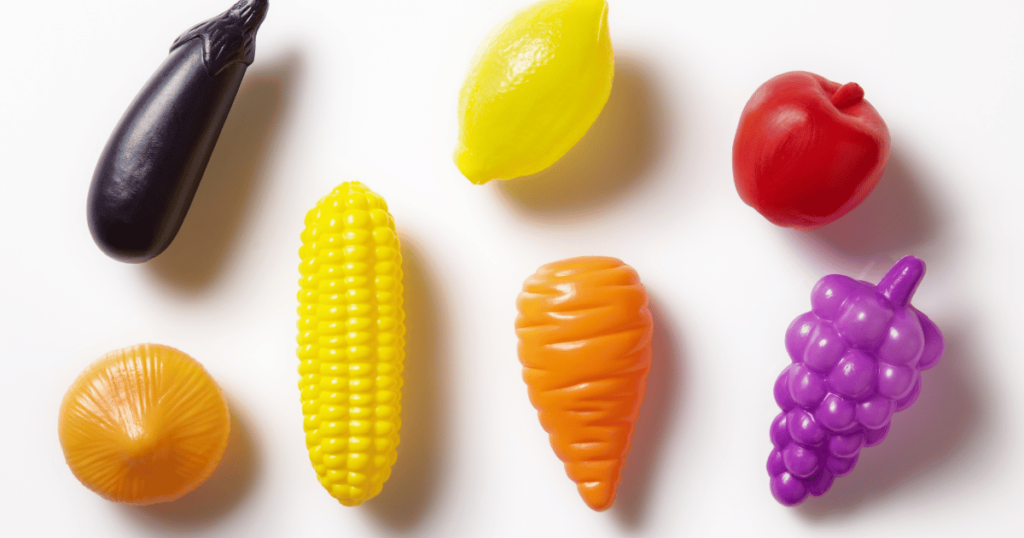
Plastic toys are generally the easiest to clean. You can wash them with soap and water or throw them in the dishwasher if they are dishwasher-safe.
#2 Rubber and Silicone Toys
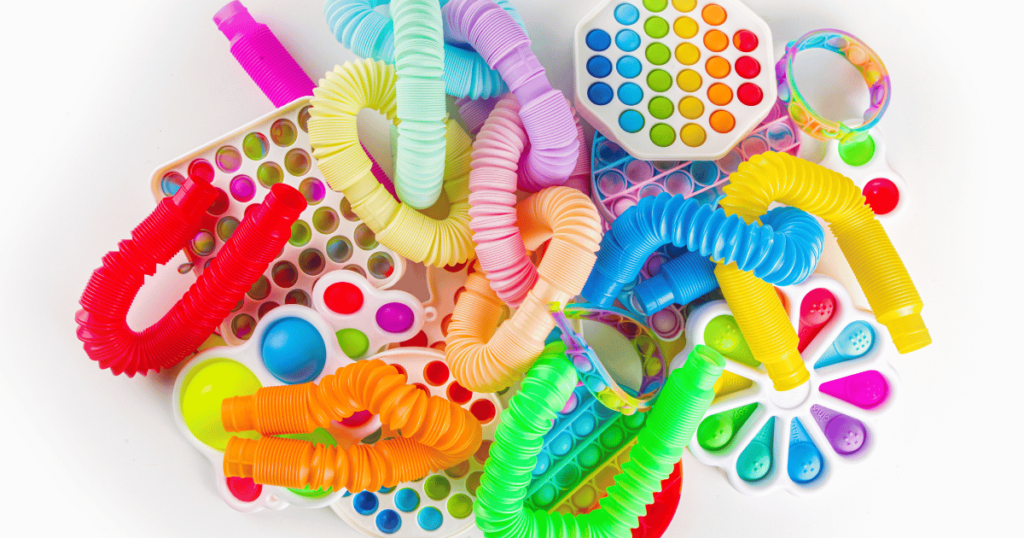
These toys, especially teething toys, can often be cleaned with boiling water, soap and water, or a vinegar solution. Always check the manufacturer’s guidelines to avoid damaging them.
#3 Wooden Toys
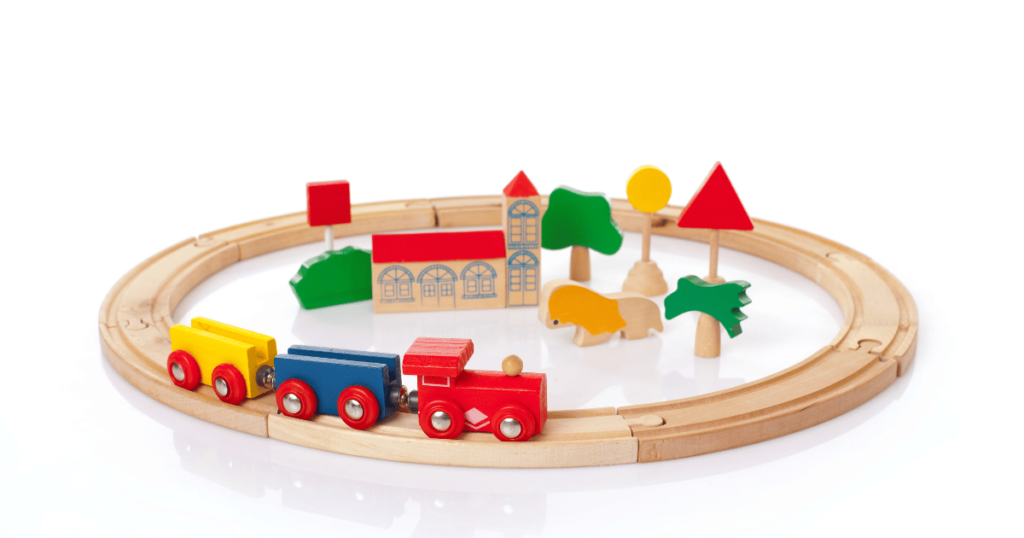
Wooden toys need extra care because they can warp or crack if soaked in water. Instead, clean them with a damp cloth and gentle soap. Make sure to dry them immediately to avoid moisture damage.
#4 Stuffed Toys
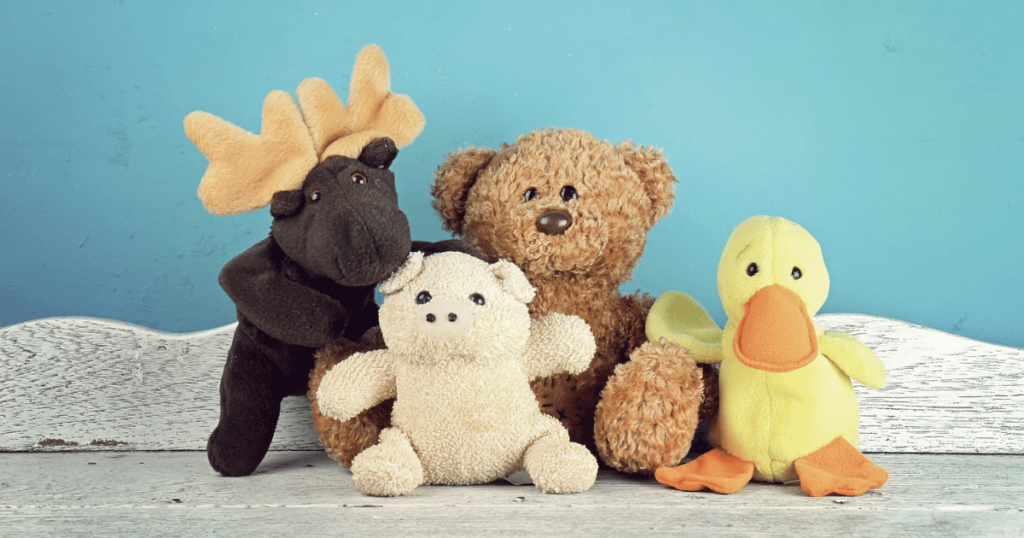
Fabric or stuffed toys should be cleaned in the washing machine using a gentle cycle and baby-friendly detergent. Air drying or using a low heat setting in the dryer is best to avoid shrinking or damaging the fabric.
Common Questions About Disinfect Baby Toys
Can I use bleach to disinfect baby toys?
Yes, but only in very diluted amounts. If you choose to use bleach, mix 1 tablespoon of bleach with 1 gallon of water. Submerge the toys for 2 minutes, rinse thoroughly with water, and air dry. Be cautious when using bleach, as it is a strong chemical and should be handled with care around children.
Is it safe to clean baby toys with disinfectant wipes?
Some disinfectant wipes are safe, but make sure they are baby-friendly and free of harmful chemicals like alcohol or ammonia. Always let the toys dry completely before giving them back to your baby.
Can I clean electronic baby toys?
Yes, but electronic toys require special care. Use a damp cloth with a little bit of mild soap to wipe the surface. Avoid submerging them in water, and make sure they are completely dry before turning them back on.
What is the safest way to disinfect baby toys that go in the mouth?
The safest way is to wash the toys with warm soapy water, then rinse thoroughly and air-dry. For added disinfection, use a solution of water and white vinegar or a baby-safe disinfectant.
How often should I disinfect baby toys that go in the mouth?
Baby toys that go in the mouth should be disinfected at least once a week or more frequently if the baby has been sick or the toy falls on the floor.
Can I use bleach to disinfect baby toys?
A very diluted bleach solution (1 tablespoon of bleach to 1 gallon of water) can be used to disinfect toys. Be sure to rinse them thoroughly and let them air-dry before use.
Are disinfecting wipes safe for baby mouth toys?
It’s best to avoid using chemical-based disinfecting wipes on mouth toys. Opt for wipes specifically labeled as baby-safe or use natural cleaning solutions like vinegar and water.
How can I disinfect baby teethers or pacifiers?
Boiling baby teethers or pacifiers for 3–5 minutes is a safe and effective method to disinfect them. Alternatively, some are dishwasher-safe and can be cleaned using the top rack.
How can I clean and disinfect children’s toys?
You can clean toys by wiping them with soap and water. For disinfection, use a child-safe disinfectant or a solution of 1 tablespoon of bleach per gallon of water. Allow toys to air-dry. Soft toys can often be machine-washed, while electronic toys should be wiped down carefully with disinfectant wipes.
Do I need to disinfect after hand, foot, and mouth?
Yes, it’s crucial to disinfect after a case of hand, foot, and mouth disease (HFMD). The virus can live on surfaces for days, so disinfecting frequently touched areas and toys helps prevent the spread
Can adults get hand, foot, and mouth disease?
Yes, adults can get hand, foot, and mouth disease, though it’s more common in children. Adults may experience milder symptoms or be asymptomatic carriers, still able to spread the virus.
How do you disinfect toys?
Disinfect toys by washing them with soap and water first, then applying a disinfectant like diluted bleach or a commercial child-safe cleaner. Rinse if needed, and let the toys air-dry. For toys that can’t be submerged, use disinfectant wipes.
What disinfectant kills hand, foot, and mouth disease?
Disinfectants containing alcohol, hydrogen peroxide, or bleach are effective against the viruses that cause hand, foot, and mouth disease. A bleach solution (1 tablespoon per gallon of water) works well for sanitizing surfaces and toys.
How do I disinfect dog toys?
To disinfect dog toys, wash hard rubber or plastic toys in hot, soapy water or run them through the dishwasher. For soft toys, use a washing machine on a hot cycle with pet-safe detergent. Let them dry completely before giving them back to the dog. You can also soak toys in a mixture of vinegar and water.
Final Thoughts
Disinfecting baby toys that go into your little one’s mouth is crucial for maintaining their health and safety. By using simple and safe cleaning methods like soap and water, vinegar, or boiling water, you can keep your baby’s toys free from harmful germs and bacteria. Make sure to clean these toys frequently, especially if your baby is teething or playing with them often.
It’s also important to choose the right cleaning products, focusing on natural and non-toxic options to avoid any potential harm. Keeping your baby’s toys clean ensures they can play, explore, and learn in a safe environment.
Other References
- American Academy of Pediatrics (AAP)
- BabyCenter
- What to Expect
- Healthy Children
- Verywell Family
- Parents
- Montessori ‘n’ Such
- The Montessori Notebook
- NAEYC
- Consumer Product Safety Commission (CPSC)
- The Spruce
More to Read
- How to bathe a newborn baby in 13 steps: The comprehensive guide
- Getting the temperature just Right: A guide to baby bath water
- Bath Time: How often should you wash your little one
- Baby Bathtubs: The Best 5 Ways to Store Baby Bathtubs in 2024
- 4 Steps to Choose a Collapsible Baby Bathtub in 2024
- The Best 5 Baby Bathtubs for Small Space in 2024
- The Best 5 Inflatable Baby Bathtubs In 2024

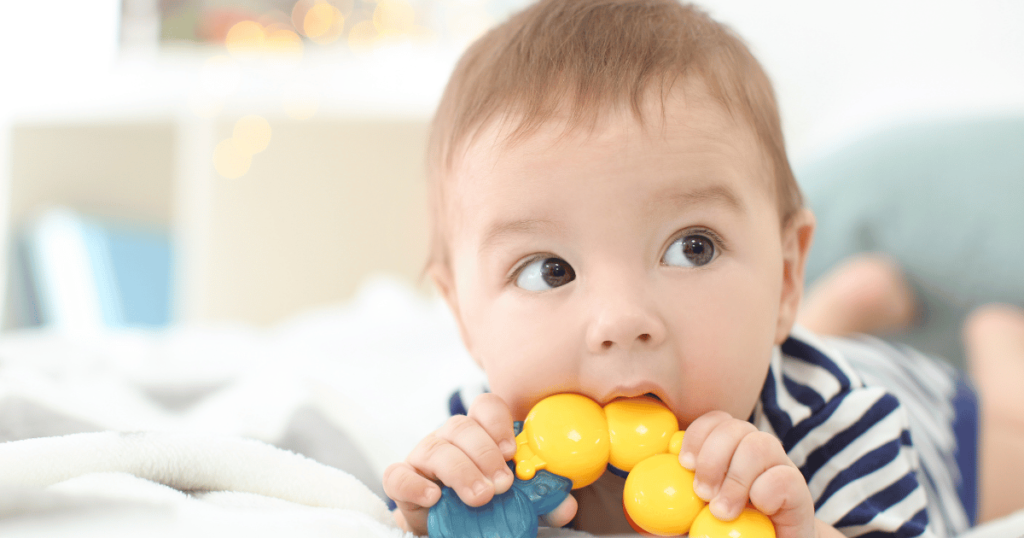
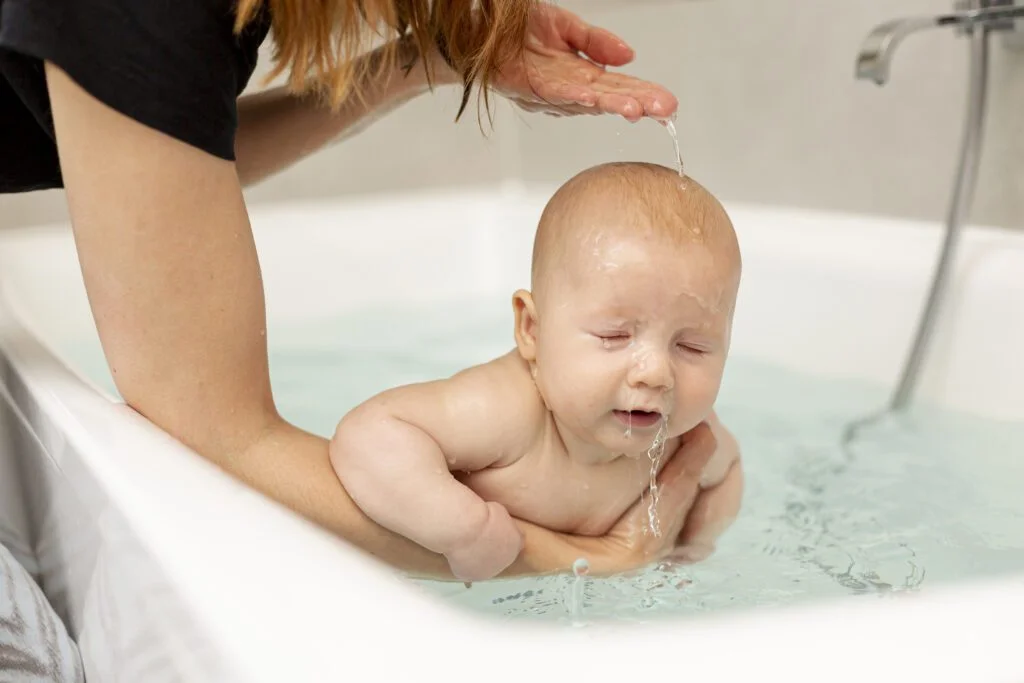

Hi there everyone, it’s my first pay a visit at this web
page, and post is really fruitful designed for me, keep up posting these types of posts.!